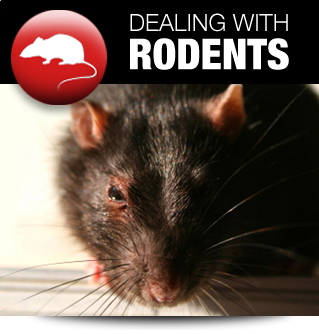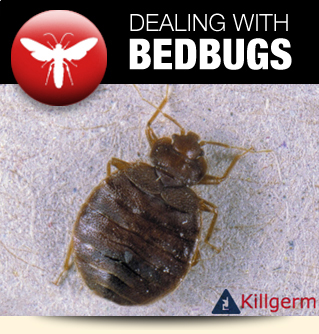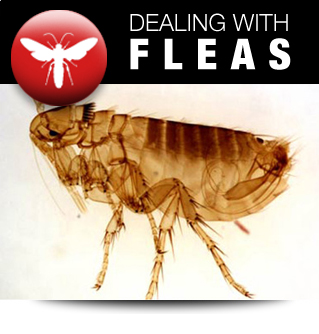Head Office: |
|
 |
|
|
Protecting Your Home from rodents Rodents pose a significant health risk Common diseases carried by rats include Salmonella, Weil's disease, E.coli, Cryptosporidiosis and Tuberculosis. Rodents in the Home or Garden Rats in the garden and other external areas can also be high risk, particularly in areas used by children It is important to get rid of rats in the garden to reduce the risk of them trying to enter the home. Professional Rat Control Call us now on 01751 474727 for pest control in North Yorkshire, 01723 865222 for Yorkshire East Coast, or email us at info@papestcontrol.co.uk |
Signs of a Rat Problem
|
Store food in plastic or metal containers and regularly clean under cookers and fridges. Ensure household refuse is kept in closed bins. Do not put meat into compost heaps. Ensure that all pipe-work is in good order. Use squirrel-proof bird feeders. |
|
Unforunately professional treatment is required to eradicate a bedbug infestation The key to beating bedbug problems is to raise awareness of what to look for and to ensure bedbugs are dealt with quickly once discovered. |
|
BEDBUGS Protecting Your Home from bedbugs Bedbugs are becoming more and more of a problem in this country and around the world. They are easily spread and difficult to treat resulting in a rapid growth in the number of bedbug outbreaks. The Impact of Bedbugs While it is possible for bedbugs to transmit disease, in this country it is very rare. Instead, the primary concern is the irritation and distress caused by bedbug bites. Bedbug bites do not hurt. It is the itchiness that results from the body's reaction to them that causes discomfort. |
|
Identifying Bedbugs
|
FLEAS Protecting Your Home from fleas Fleas are a common problem in homes especially for those with cats or dogs. They are also frequently found when moving into a home that previously had pets. Understanding Fleas Adult fleas pierce the skin of mammals or birds to feed on blood. However, flea larvae feed on organic matter in carpets or bedding and so high levels of hygiene can slow the life-cycle. |
Understanding Fleas |
|
||
|
PA Pest Control Head OfficeOak House We offer 24hr 7 days a week call out to solve all your pest, vermin and bird control problems RodentsRats | Mice | Squirrels InsectsWasps | Hornets | Flies | Fleas | Cluster Flies | Blue
Bottles | Bed Bugs | SilverFish | Cockroaches Food HygieneWe offer a wide range of chemicals, detergents and disinfectants, which in conjunction with our specialist consultancy and technical service enable us to provide solutions and improvements to help you achieve a 5 on the Food Hygiene Ratings ResidentialPest control in your home. Keeping it pest and vermin free CommercialThis Service is provided on a contract basis. We cover the following areasPickering, Malton, Scarborough, Whitby, Bridlington, Kirbymoorside, Helmsley, Driffield, York and Filey Design, Production and SEO by d50 Colour Ltd |
|||||||



